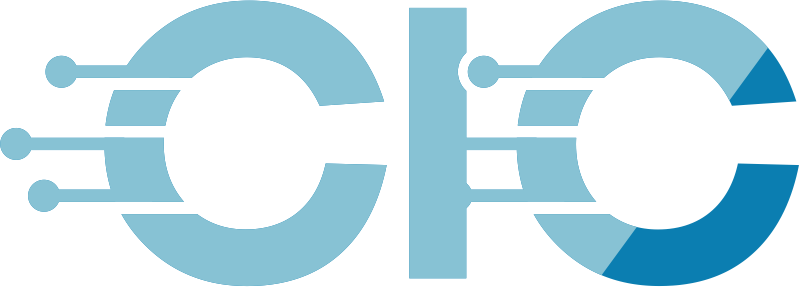As solar technology continues to advance, microinverters and power optimizers have become essential options for enhancing the efficiency of solar systems. While both devices improve system performance, their working principles and suitable scenarios differ. This article provides an in-depth comparison to help you decide which option is better for your needs.
Microinverters: Independence and High Efficiency
How They Work
Microinverters are installed behind each solar panel and directly convert direct current (DC) into alternating current (AC). Each panel operates independently, creating a modular power generation system.
Advantages
- Independent Operation: Each solar panel works independently, so if one panel's performance decreases (due to shading or dirt), it does not affect the others.
- Ideal for Complex Environments: Particularly suitable for roofs with partial shading or multi-angle installations.
- Real-Time Monitoring: Provides performance data for each panel, making problem diagnosis and maintenance easier.
- Easy Expansion: New solar panels can be added without modifying the rest of the system.
Disadvantages
- Higher Cost: Each panel requires its own inverter, leading to a higher initial investment.
- Complex Installation: Installing an inverter for each panel increases wiring and labor.
Best Scenarios
- Roofs with complex shapes or shading.
- Need for real-time monitoring of each panel’s performance.
- High demands for system scalability.
Power Optimizers: A Balance of Performance and Cost
How They Work
Power optimizers are also installed behind each solar panel and optimize the panel's DC output without converting it to AC. The optimized DC power is then sent to a centralized inverter for conversion.
Advantages
- Efficiency Boost: Maximizes the output of each panel, reducing the impact of shading or partial obstruction.
- Centralized Design: Optimized DC power is converted to AC by a centralized inverter, simplifying maintenance.
- Cost Advantage: Lower initial cost compared to microinverter systems.
- Equipment Protection: Reduces the exposure of electronic components to harsh environments.
Disadvantages
- Limited Monitoring: While panel performance can be monitored, the data is usually less detailed than that of microinverters.
- Single Point of Failure: The centralized inverter can become a weak point for the entire system.
Best Scenarios
- Roofs with minimal shading and straightforward design.
- Budget-conscious installations seeking performance optimization.
- Preference for centralized management and maintenance.
Comparison: Microinverters vs. Power Optimizers
| Feature | Microinverters | Power Optimizers |
|---|---|---|
| Cost | Higher | Lower |
| Efficiency | Independent panel performance, ideal for shaded areas | Optimizes overall system efficiency, reliant on centralized inverter |
| Monitoring Capability | Detailed monitoring of each panel | Typically monitors string-level performance |
| Scalability | Flexible, panels can be added anytime | Limited by centralized inverter capacity |
| Ideal Environment | Complex roofs or areas with shading | Simple roofs with minimal shading |
How to Choose the Right System
- Choose Microinverters If:
- Your roof is complex or has significant shading.
- You want real-time performance data for each panel.
- You are willing to invest more upfront for higher independence and efficiency.
- Choose Power Optimizers If:
- Your roof is simple with little to no shading.
- You aim to optimize performance within a limited budget.
- You prefer centralized maintenance and management.
Conclusion
Microinverters and power optimizers each have their advantages and drawbacks. The key is to assess your installation environment and budget. If you prioritize high performance, flexibility, and independence, microinverters are the better choice. On the other hand, if you aim to optimize system performance at a lower cost and are comfortable with centralized management, power optimizers are a more suitable option.
Before making a final decision, consult a professional solar installation company to design the most suitable system based on your roof conditions and specific needs.

